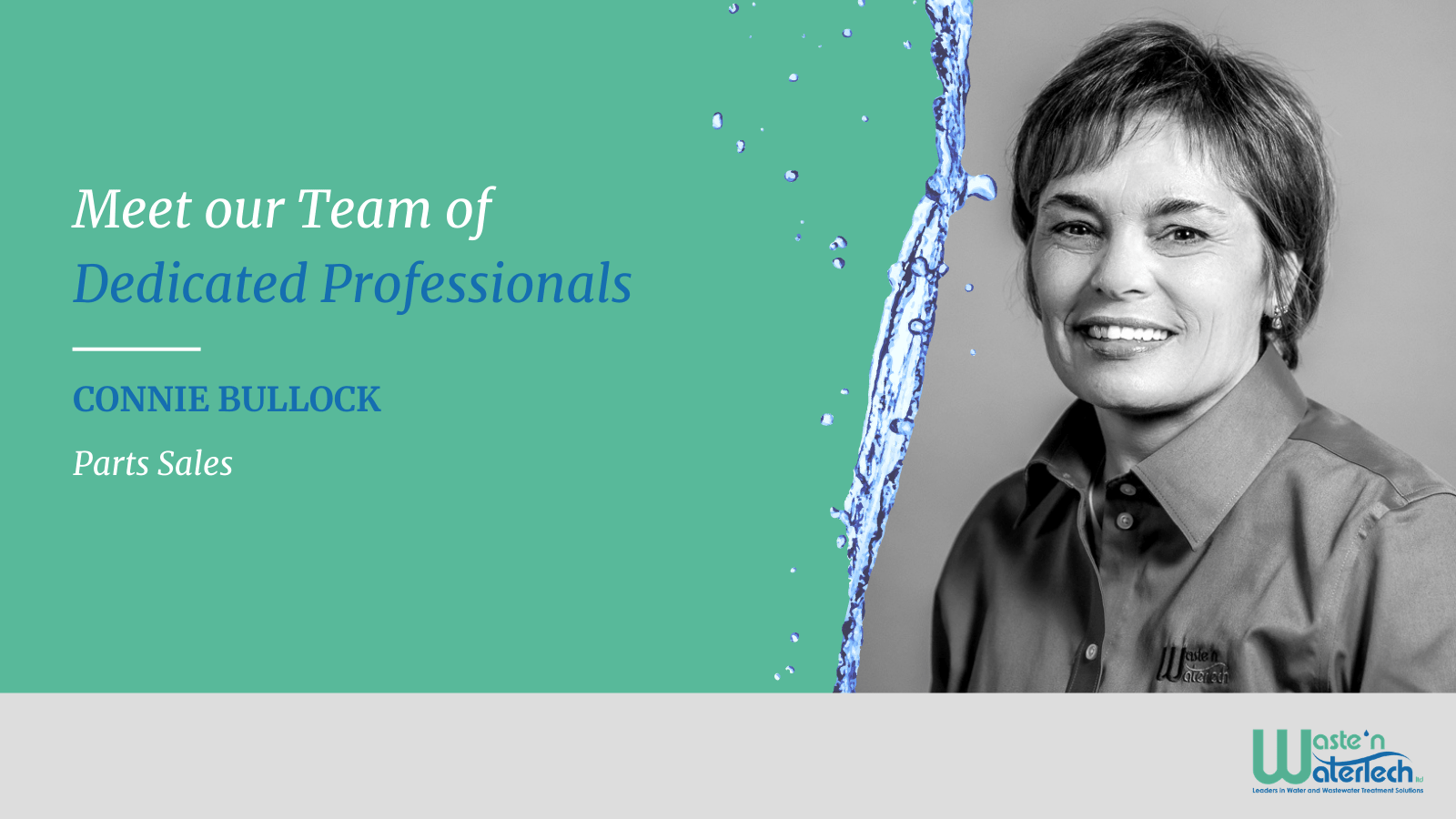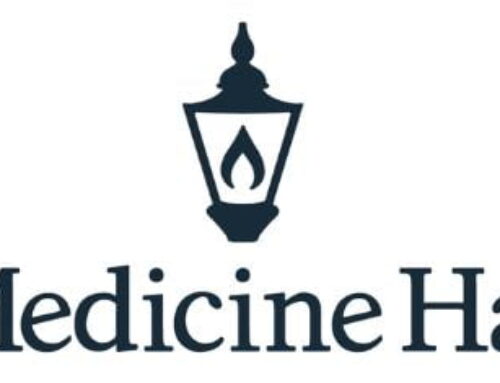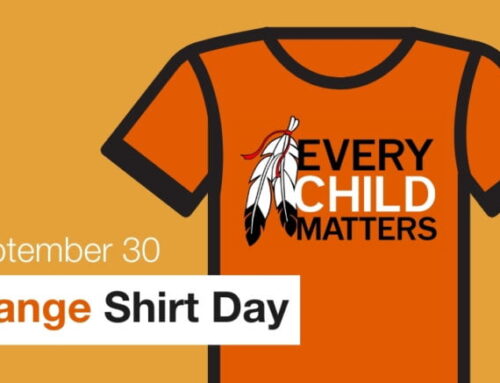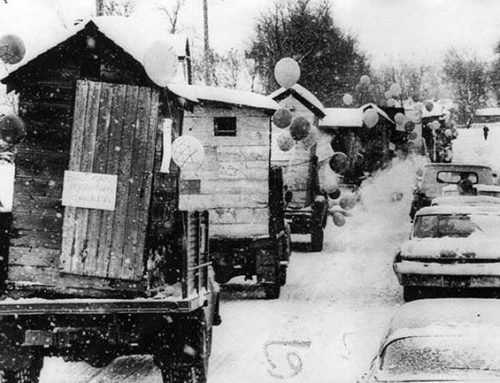Wastewater & COVID-19 Connections
When the word wastewater crosses your mind, there is probably also a memory of your Mom’s voice telling you – wash your hands! When humans transitioned into community living, keeping your living space separate from your bathroom space was an important rule to learn. We can thank early scientists who were curious about how diseases spread and whether hygiene could play a part. One such person was, Dr. John Snow, known as the Father of Epidemiology. In 1854 he tested both disease-stricken and disease-free households in Soho, London, UK to track a deadly cholera outbreak. He was able to narrow the source to a sewage contaminated water pump on Broad Street. As science advanced, so too did testing of both water and wastewater. In the 1940’s wastewater was used to track polio outbreaks in the USA.
Wastewater is valuable for virus detection because the virus is shed through our digestive tracts. Our fecal waste includes shed virus that contains RNA, a messenger, responsible for turning genetic information into proteins. Virus travels through sewage and the RNA can be detected once extracted from wastewater.
When SARS-CoV-2, known as COVID-19, began circulating in Canada, wastewater was suggested for testing as it is unbiased, inclusive, and comprehensive. It is also a cost-effective way to track viruses as it can encompass a large population as apposed to single tests per patient burdening health care systems. Our bodies shed the virus in our fecal matter before we develop symptoms, making it an early warning system. Wastewater testing can be used to predict outbreaks up to six (6) days ahead of illness and hospitalizations. Thus, helping communities plan and prepare for testing and possible quarantine.
Here in Calgary, researchers with the University of Calgary began discussions with the City in May 2020 to test our wastewater for COVID-19. By the Fall of 2020 researchers began gathering samples at all three (3) wastewater treatment plants. Barbara Waddell, Lab Manager & Research Technician with University of Calgary – Health Sciences Centre explains that samples are taken from the effluent (pre-treated wastewater) using the 4S RNA extraction protocol. The ACWA Lab at Pine Creek WWTP facility uses silica columns for extracting RNA for testing using RT-q-PCR, Reverse Transcriptase Quantitative Polymerase Chain Reaction, which typically only takes hours. Within a 24-hour period, this information is shared with Alberta Health Services (AHS) for assessment and a targeted approach for action. Calgary is in a fortunate position that testing is not heavily impacted by weather events like rains and snow melts as the sewage and stormwater systems are separate. Thus, researchers receive accurate virus load counts.
Currently, across Alberta, samples are taken from 19 plants and represent 27 communities. This monitoring represents approximately 75% of the province’s population. While COVID-19 was the catalyst for testing wastewater, when this virus transitions towards being endemic, it is hoped that testing will continue. Researchers see wastewater as an excellent source of knowledge about the health of communities, and the natural transition will be to track other viruses like RSV, Influenza, Para-influenza, Rhino virus and antimicrobial-resistant bacteria.
Scientific advancements are continually being made with the hope that future outbreaks of infectious diseases can be caught early and prevent illness from overwhelming health systems. While we will continue to distance ourselves from our waste, its value can not be ignored. And it would be a shame to flush away all that data.






Leave A Comment